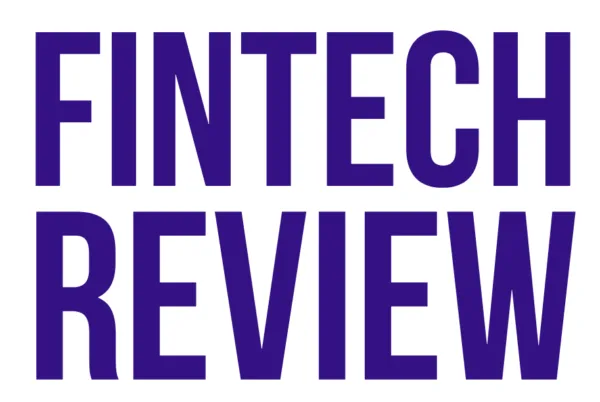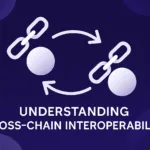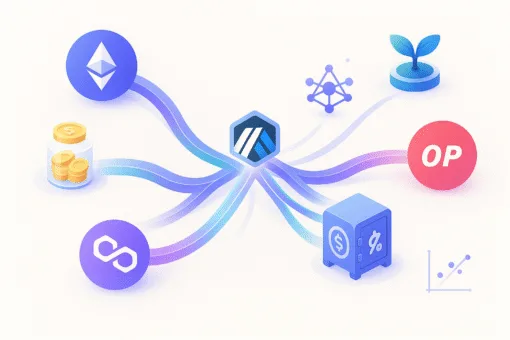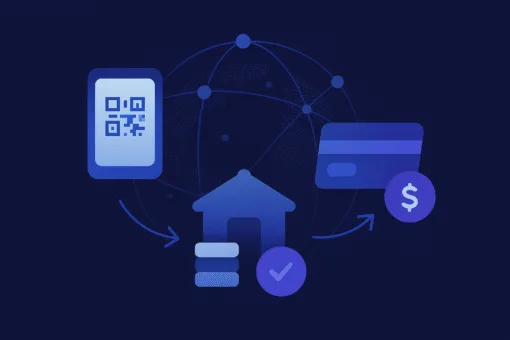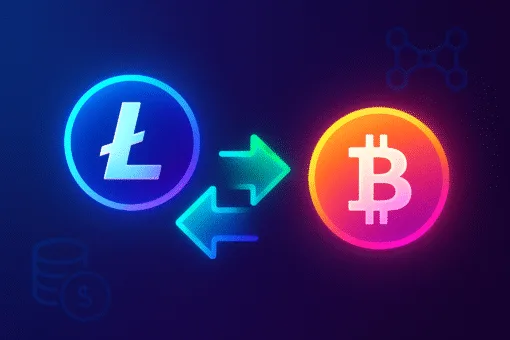Blockchain technology has revolutionised numerous industries by providing decentralised, secure, and transparent systems. However, one of the significant challenges it faces is interoperability between different blockchain networks. Cross-chain interoperability aims to address this issue, enabling seamless communication and transactions across various blockchain platforms. We delve into the advancements in cross-chain interoperability protocols and their importance for the future of blockchain ecosystems.
The Need for Cross-Chain Interoperability
As blockchain technology proliferates, various networks like Bitcoin, Ethereum, and others have emerged with unique features and protocols. However, these networks often operate in isolation, limiting the potential of blockchain technology. Cross-chain interoperability is crucial for creating a more connected and efficient blockchain ecosystem. It allows different blockchains to interact, share data, and execute transactions without intermediaries. This connectivity enhances the functionality and utility of blockchain networks, promoting broader adoption and innovation.
Interoperability is vital for several reasons. Firstly, it enables asset transfers across different blockchains, fostering liquidity and reducing fragmentation in the market. Secondly, it allows for the development of decentralised applications (dApps) that can leverage features from multiple blockchains, enhancing their capabilities. Lastly, it facilitates better scalability and efficiency by enabling blockchains to specialise and offload tasks to more suitable networks.
Polkadot: A Leading Interoperability Solution
Polkadot, developed by the Web3 Foundation, is one of the most prominent projects focused on cross-chain interoperability. It is designed to connect multiple blockchains into a single unified network, allowing them to communicate and share information securely. Polkadot‘s architecture includes a central Relay Chain that coordinates interactions between different blockchains, known as Parachains.
Polkadot‘s unique features make it a powerful interoperability solution. Its shared security model ensures that all connected blockchains benefit from the robust security of the Relay Chain. Additionally, Polkadot supports on-chain governance, allowing stakeholders to participate in decision-making processes and adapt the network to evolving needs. By facilitating cross-chain interactions, it enhances the scalability, flexibility, and interoperability of blockchain networks, driving innovation and adoption.
Cosmos: The Internet of Blockchains

Cosmos is another pioneering project aimed at solving the interoperability challenge in blockchain technology. Dubbed the “Internet of Blockchains,” Cosmos utilises the Inter-Blockchain Communication (IBC) protocol to enable secure data and asset transfers between blockchains. The Cosmos Hub serves as the central point of communication, connecting various independent blockchains, known as Zones.
The IBC protocol is a groundbreaking advancement in blockchain interoperability. It allows different blockchains to exchange information and assets without requiring a central authority. This decentralised approach ensures security, transparency, and efficiency in cross-chain transactions. Additionally, Cosmos employs the Tendermint consensus algorithm, which provides fast and secure transaction processing, further enhancing its interoperability capabilities.
Cosmos‘s modular architecture and IBC protocol facilitate the seamless integration of new blockchains into the ecosystem. This flexibility encourages innovation and experimentation, allowing developers to create diverse and specialised blockchain applications. By promoting interoperability, it aims to build a more connected and scalable blockchain ecosystem.
Other Prominent Cross-Chain Interoperability Projects
Besides Polkadot and Cosmos, several other projects are making significant strides in cross-chain interoperability. One such project is Chainlink, which provides decentralised oracles that enable smart contracts to interact with real-world data and other blockchains. Chainlink‘s oracles serve as a bridge between different blockchains, facilitating secure and reliable data exchange.

Another noteworthy project is Wanchain, which aims to create a decentralised financial ecosystem by enabling cross-chain transactions. Wanchain‘s cross-chain protocol supports asset transfers between various blockchain networks, promoting liquidity and integration. Its privacy features and interoperability capabilities make it a versatile solution for decentralised finance (DeFi) applications.
ICON is also contributing to the interoperability landscape with its Blockchain Transmission Protocol (BTP). BTP enables the transfer of data and assets across different blockchains, supporting interoperability and scalability. ICON‘s focus on interoperability aims to create a more connected and efficient blockchain ecosystem.
The Future of Cross-Chain Interoperability
The advancements in cross-chain interoperability are paving the way for a more connected and efficient blockchain ecosystem. As interoperability protocols mature, they will enable seamless communication and transactions across various blockchain networks, unlocking new possibilities for innovation and adoption. The integration of different blockchains will facilitate the development of more complex and sophisticated decentralised applications, driving the growth of the blockchain industry.

Interoperability will also play a crucial role in the adoption of blockchain technology by traditional industries. By enabling different blockchains to interact, interoperability protocols can create a unified digital infrastructure that supports diverse use cases, from supply chain management to financial services. This integration will enhance the efficiency, transparency, and security of these industries, promoting broader adoption of blockchain technology.
Moreover, the development of interoperability standards and protocols will encourage collaboration and cooperation within the blockchain community. By working together to solve the interoperability challenge, blockchain projects can leverage each other’s strengths and create a more robust and resilient ecosystem. This collaborative approach will drive innovation and accelerate the development of blockchain technology.
Challenges and Considerations
While the advancements in cross-chain interoperability are promising, several challenges and considerations remain. One of the primary challenges is ensuring the security and reliability of cross-chain transactions. As interoperability protocols facilitate interactions between different blockchains, they must be designed to prevent vulnerabilities and attacks. Robust security measures and thorough testing are essential to ensure the integrity and trustworthiness of cross-chain interactions.
Another consideration is the scalability of interoperability solutions. As the number of blockchain networks and transactions increases, interoperability protocols must be able to handle the growing demand efficiently. Scalability solutions, such as sharding and layer-2 protocols, can help address these challenges and ensure the seamless operation of cross-chain interactions.

Furthermore, regulatory and compliance issues may arise as cross-chain interoperability becomes more prevalent. Different jurisdictions have varying regulations and standards for blockchain technology, and interoperability protocols must navigate these complexities. Ensuring compliance with relevant laws and regulations is crucial for the widespread adoption of cross-chain interoperability.
Conclusion
Cross-chain interoperability represents a significant advancement in the blockchain industry, addressing the challenge of isolated networks and enabling seamless communication and transactions. Projects like Polkadot, Cosmos and others are at the forefront of this innovation, developing protocols and solutions that enhance the functionality, scalability, and adoption of blockchain technology.
As interoperability protocols continue to evolve, they will pave the way for a more connected and efficient blockchain ecosystem, driving innovation and adoption across various industries. Embracing cross-chain interoperability is essential for the future of blockchain networks, unlocking new possibilities and creating a more integrated and robust digital infrastructure.
